According to the "New York Times" report, graphene is a magical material that has the potential to subvert all current electronic devices and is "the future of materials and the life-saving straw for the electronics industry." It is reported that graphene is currently known as the highest hardness and thinnest material. It consists of carbon atoms arranged in a special structure and has better thermal and electrical conductivity than any other material. What is even more amazing is that it is not only the hardest material in the world, but also the most flexible. Graphene, which has only one carbon layer in thickness, is called a "miracle material."
The splicing touch frame is an important part of the touch splicing screen system. Compared with other media propaganda carriers, the touch splicing screen reflects the extensiveness, intuitiveness, and fun of human-computer interaction and presentation, and has a strong visual impact. It has made a big step forward in the development of the touch industry. It is also a promoter of super-sized display integrated touch. The large-sized spliced touch TV display wall has involved schools, shopping malls, banks, digital exhibition halls, corporate exhibition halls, and government Institutions and military command can be equipped with digital content, interactive games, animation, 3D, VR, interactive audio and video, etc. It is an indispensable and effective application device for today's interactive large-screen demonstrations.
pictures show
Large Infrared Touch Frame (Splicing) Large Infrared Touch Frame,Large Splicing Infrared Touch Frame,Ir Multi Touch Frame,Led Touch Screen TV Wall,Large-size Infrared Touch Screen,LCD Touch Screen TV Wall ShenZhen GreenTouch Technology Co.,Ltd , https://www.bbstouch.com
What is graphene?
Graphene can transform the electronics industry by creating flexible devices, superpowered quantum computers, electronic clothing, and computers that can communicate with the body's cells.
Although graphene was discovered as early as 10 years ago, it did not really receive attention until 2010. Two physicists at the University of Manchester won the Nobel Prize for graphene experiments. Recently, researchers have focused on how to commercially produce graphene.
In 2012, the American Chemical Society stated that the strength of graphene is 200 times that of steel. It is so thin that 1 ounce of graphene can cover 28 football fields. Chinese scientists had synthesized graphene aerogels with a density of 1/6th that of air; a cubic inch (about 16.39 cubic centimeters) of graphene aerogel was placed on a blade of grass and the grass leaves were not deformed.
“Graphene is one of the few materials in the world that has three properties of transparency, conductivity, and flexibility,†said Aravind Vijayaraghavan, a lecturer at the University of Manchester. “These three attributes rarely appear on the same material. â€
What can graphene do?
So what can we do with graphene? Physicists and researchers say that since graphene can make the screens of electronic products clearer and have a flexible nature, these products will be thinner and faster than those that used silicon. cheaper. In addition, batteries with long battery life can also be waterproof.
In 2011, researchers at Northwestern University in the United States used graphene and silicon as raw materials to make batteries. The university said that this type of battery allows the mobile phone to use the battery for only 15 minutes per week.
In 2012, the American Chemical Society stated that the progress of graphene technology will make “the mobile phone is thin like paper and can be folded into pocketsâ€.
Dr. Arrawin is developing a series of sensors based on graphene, including gas sensors, biosensors, and light sensors, which are smaller in size than ever.
Last week, researchers at the Samsung Institute of Advanced Technology, which collaborated with Sungkyunkwan University in South Korea, said that Samsung has found a way to make high-quality graphene on silicon wafers. Samsung said in a statement that these technological advances mean that companies can start manufacturing "flexible displays, wearables, and other next-generation electronic products."
Sebastian Anthony, a tech blog writer for Extreme tech, said that Samsung’s breakthrough will eventually become “a commercial straw for grapheneâ€.
Samsung is not the only technology company that studies graphene. Researchers at IBM, Nokia, and SanDisk are trying to create new sensors, transistors, and memories with graphene materials.
The future of graphene
When the above devices are actually placed on the store shelves, their appearance and experience may be something we have never seen before.
Jams Hone, a professor of mechanical engineering at Columbia University, said his laboratory found that graphene still maintains electrical conductivity after stretching 20%. He said: "Do you know what else can be stretched by 20%? The answer is rubber. In contrast, silicon materials commonly used in electronic products can only be stretched by 1%."
He continued: "This is just a graphene crazy side - there is almost no other material to do it."
You ask the biggest advantage? The biggest advantage of graphene is its cheap price.
Many products in the electronics industry today can use graphene to become better, smaller, and cheaper.
Scientists at the University of California, Berkeley, made a graphene speaker last year that had equal or better sound quality than a Sennheiser headset.
Graphene is also fascinating because it can be immersed in liquids that are not oxidized, which is completely different from other conductive materials.
Dr. Arrawin said that graphene research is shifting toward the integration of electronic products with biological systems. In other words, graphene products can be implanted in your body to read nervous system information or talk to cells.
However, although researchers believe that graphene will be used in the next generation of electronic products, the entire industry is using traditional silicon chips and transistors to make electronic products, and their acceptance of graphene may be slow.
If this is true, graphene will be preferred for use in other industries. Last year, the Bill and Melinda Gates Foundation awarded $100,000 to reward the use of graphene to create thinner, lighter, and more robust condom scientists.
Automakers are exploring the development of electric vehicles with graphene-based fuselage. Graphene not only protects the fuselage, but also powers the car as a solar panel. Aircraft manufacturers also want to use graphene to make aircraft.
If these are not enough, graphene can help with the manufacture of quantum computers. MIT's international research team is using graphene to study quantum computers. It will be a big market for the computing industry in the future.
In short, forget about plastics, graphene is our future. 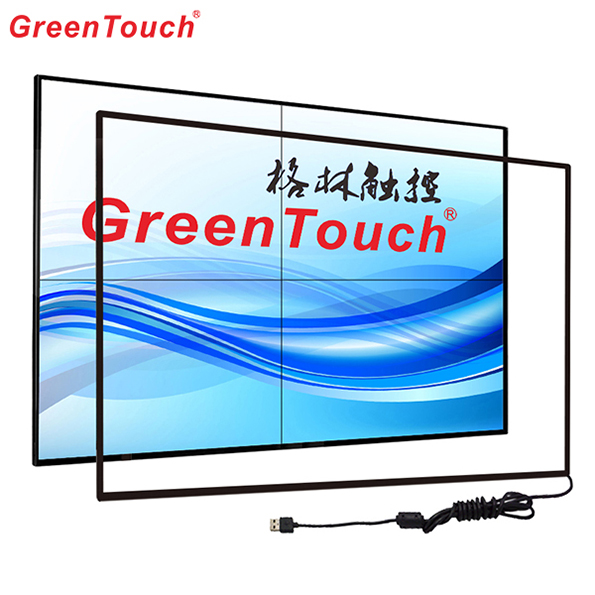
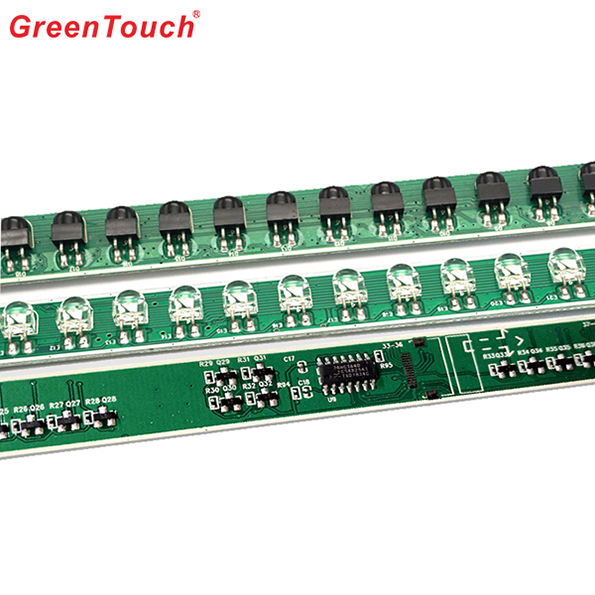
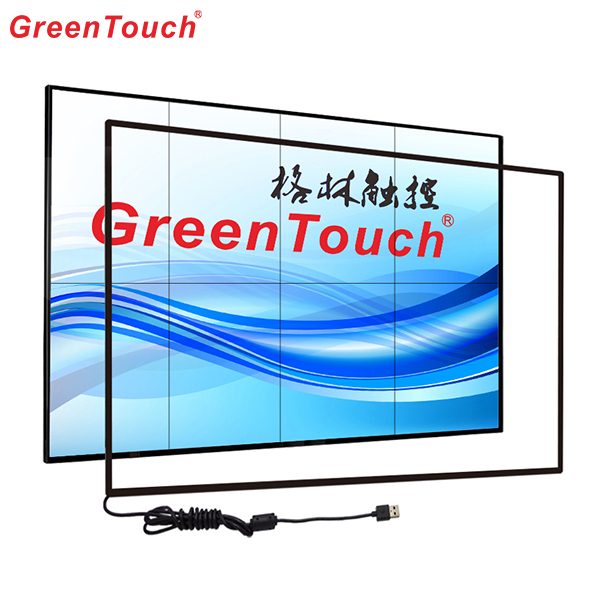
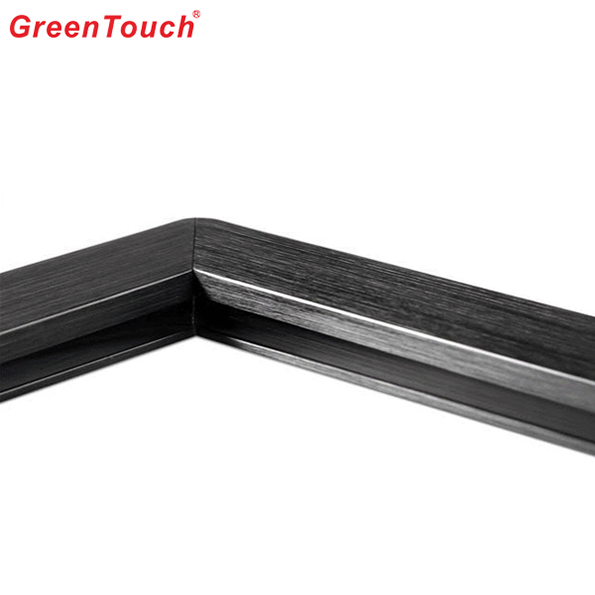

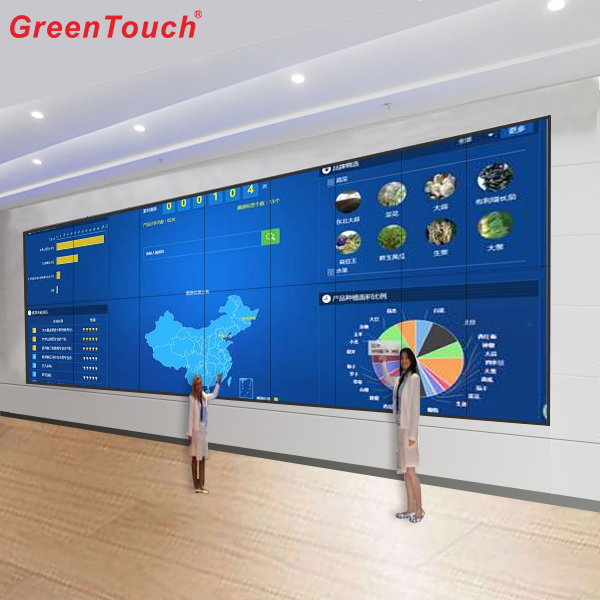
September 01, 2020